One of the most iconic African American churches in Omaha has been home to civil rights, public health, education, and other campaigns to improve the Black community and the city at large. Today, this church is a beacon in the historic Near North Side neighborhood, serving as a powerful reminder of the importance and depth of the community. This is a history of Zion Baptist Church in North Omaha.




Praise

A leader among the bedrock institutions of North Omaha is Zion Baptist Church. One of the oldest congregations in Omaha, it was founded in 1884 and became the largest Black church in Omaha by 1900. Its landmark building at 2215 Grant Street was designed by North Omaha native “Cap” Clarence Wigington in 1916.
Zion has always been a place of high praise and worship. It was the largest Black church in Omaha from the 1890s through the 1960s, setting the tone for much of the community’s African American social, cultural and religious leadership. The congregation built its first church quickly in the 1880s which was destoryed by the 1913 Easter Sunday tornado.

More than seven years later, the new building was finished. The designs were completed by Omaha’s African American architect Clarence “Cap” Wigington in 1915, and the building was finished in sections.
Throughout its history, the church has reveled in being beautiful and warm. For instance, in 1896 the Morning World-Herald described Zion’s Easter service like this:
‘He Is Risen’ in letters of gold behind the altar, which was banked with flowers, sweet singing canaries in cages, gold fishes and vases of flowers about the altar had the effect of producing a happy greeting to the members yesterday morning that was pleasing to behold.
The church has been a place of celebration and praise through performance since its founding.
Zion has regularly hosted nationally important performers, like Reverend Jonathan L. Caston and his choir from Trinity Baptist Church in Los Angeles in 1939. Zion has been a member of many important religious organizations in Omaha’s history, too, including the Interdenominational Ministerial Alliance and the Greater Omaha Clergy Association.
Civil Rights

Omaha’s Civil Rights movement has deep roots at Zion Baptist Church. Starting in the early 1910s, the local chapter of the National Association for the Advancement of Colored People (NAACP) began meeting at Zion for decades. William Monroe Trotter, editor of the militant pro-Black Boston Guardian, spoke at Zion Baptist Church in 1919, right before the lynching of Will Brown. In the 1920s, the church was the location of several anti-lynching meetings.
In the early 1950s, Omaha Urban League leader Whitney Young spoke at the church regularly, and Roy Wilkins from the NAACP did the same in the same year. In 1953, leaders of the Civil Rights vanguard in Omaha called the DePorres Club said Zion’s minister was the first minister to take an active part in the struggle for Civil Rights. Rev. Felix C. Williams joined the club’s picket at Reed’s Ice Cream and carried a sign that read, “Negro G.I.s drive trucks, tanks and Jeeps in Korea but Negroes can’t work at Reed’s” while marching with other demonstrators in front of the store.
A decade later in the early 1960s, Rev. Rudolph McNair of Zion Baptist Church was responsible for co-founding the Citizens Civic Committee for Civil Liberties, or 4CL. They met at the church too, strategizing action and planning vital steps that led to important advances for African Americans in Omaha.
Zion Today

According to Zion, you “never leave… feeling sad or empty. It is one of the friendliest churches in America. It has a glorious history and strong preaching and teaching ministries.” The church features a blend of traditional and contemporary worship styles, along with altar calls and a variety of ministries.
Worship and ministries at Zion are led by Rev. Kenneth Allen, Senior Pastor; Rev. James Clinton, Associate Minister; Rev. Andrew Finch, Associate Minister, and; Rev. Christopher McCroy, Associate Minister. Jesse Sharpe is the Chairman of Deacons; Cleveland Vaughn is the Chairman of Trustees; Gloria Epps is the Director of Christian Education, and; Gus McNair is the Minister of Music.
Notable Members
There have been countless important people who attended, led or who have been otherwise involved in Zion Baptist Church over the years. They included:
- W. H. C. Stephenson (c1825-1899), a doctor, preacher and civil rights activist who helped organize the congregation in the 1880s.
- Sgt. Allen McClare (1879-1944), a Buffalo Soldier who rode with Teddy Roosevelt in the Battle of San Juan Hill.
- Nebraska State Senator Edward Danner (1900-1970), who represented North Omaha for seven years.
- John Grant Pegg (1869-1916), an Omaha City Council member in 1906 who is hired as the first Black Inspector of Weights and Measures for the city in 1910.
You Might Like…
MY ARTICLES ABOUT HISTORIC BLACK CHURCHES IN NORTH OMAHA
Main Article: Historic Black Churches in North Omaha
Churches: St. John’s AME Church | Mount Moriah Baptist Church | Hope Lutheran Church| Bethel AME Church | New Bethel COGIC | Zion Baptist Church | Rising Star Baptist Church | Faith Temple COGIC | Mt. Calvary Community Church | St. Benedict the Moor Catholic Parish | North 24th Street Worship Center | Greater St. Paul COGIC
Former Churches: Calvin Memorial Presbyterian Church | Hillside Presbyterian Church | St. Philip the Deacon Episcopal Church
MY ARTICLES ABOUT THE HISTORY OF OMAHA’S NEAR NORTH SIDE
GROUPS: Black People | Jews and African Americans | Jews | Hungarians | Scandinavians | Chinese | Italians
EVENTS: Redlining | North Omaha Riots | Stone Soul Picnic | Native Omaha Days Festival
BUSINESSES: Club Harlem | Dreamland Ballroom | Omaha Star Office | 2621 North 16th Street | Calhoun Hotel | Warden Hotel | Willis Hotel | Broadview Hotel | Carter’s Cafe | Live Wire Cafe | Fair Deal Cafe | Metoyer’s BBQ | Skeet’s | Storz Brewery | 24th Street Dairy Queen | 1324 N. 24th St. | Ritz Theater | Alhambra Theater | 2410 Lake Street | Carver Savings and Loan Association | Blue Lion Center | 9 Center Variety Store | Bali-Hi Lounge
CHURCHES: St. John’s AME Church | Zion Baptist Church | Mt. Moriah Baptist Church | St. Philip Episcopal Church | St. Benedict Catholic Parish | Holy Family Catholic Church | Bethel AME Church | Cleaves Temple CME Church | North 24th Street Worship Center
HOMES: A History of | Logan Fontenelle Housing Projects | The Sherman | The Climmie | Ernie Chambers Court aka Strelow Apartments | Hillcrest Mansion | Governor Saunders Mansion | Memmen Apartments
SCHOOLS: Kellom | Lake | Long | Cass Street | Izard Street | Dodge Street
ORGANIZATIONS: Red Dot Athletic Club | Omaha Colored Baseball League | Omaha Rockets | YMCA | Midwest Athletic Club | Charles Street Bicycle Park | DePorres Club | NWCA | Elks Hall and Iroquois Lodge 92 | American Legion Post #30 | Bryant Resource Center | People’s Hospital | Bryant Center
NEIGHBORHOODS: Long School | Logan Fontenelle Projects | Kellom Heights | Conestoga | 24th and Lake | 20th and Lake | Charles Street Projects
INDIVIDUALS: Edwin Overall | Rev. Russel Taylor | Rev. Anna R. Woodbey | Rev. Dr. John Albert Williams | Rev. John Adams, Sr. | Dr. William W. Peebles | Dr. Craig Morris | Dr. John A. Singleton, DDS | Dr. Aaron M. McMillan | Mildred Brown | Dr. Marguerita Washington | Eugene Skinner | Dr. Matthew O. Ricketts | Helen Mahammitt | Cathy Hughes | Florentine Pinkston | Amos P. Scruggs | Nathaniel Hunter | Bertha Calloway
OTHER: 26th and Lake Streetcar Shop | Webster Telephone Exchange Building | Kellom Pool | Circus Grounds | Ak-Sar-Ben Den
MY ARTICLES ABOUT HISTORIC CHURCHES IN NORTH OMAHA
GENERAL: Directory | Black Churches | Florence Churches
METHODIST: 17th Street | Pearl Memorial UMC | St. John’s AME | Bethel AME | Cleaves Temple | Ames Avenue | Trinity | Walnut Hill | 18th Street |
BAPTIST: Mount Moriah | Zion | Immanuel |
CATHOLIC: Holy Family | St. Benedict the Moor | St. John’s | Holy Angels | Sacred Heart | St. Cecilia | St. Therese
PRESBYTERIAN: Calvin Memorial | Hillside | First United | Covenant | St. Paul
EPISCOPALIAN: St. Phillips |
COGIC: New Bethel | Faith
LUTHERAN: Hope | St. Paul | Mount Olive
OTHERS: Mt. Calvary |
RELATED: St. Clare’s Monastery | Omaha Presbyterian Theological Seminary | North Omaha Catholic Schools | Black Churches | Florence Churches | Kountze Place Churches
Elsewhere Online
- Zion Baptist Church official website
- July 13, 2016 “Prayer service fills pews at Omaha church,” KETV.
BONUS
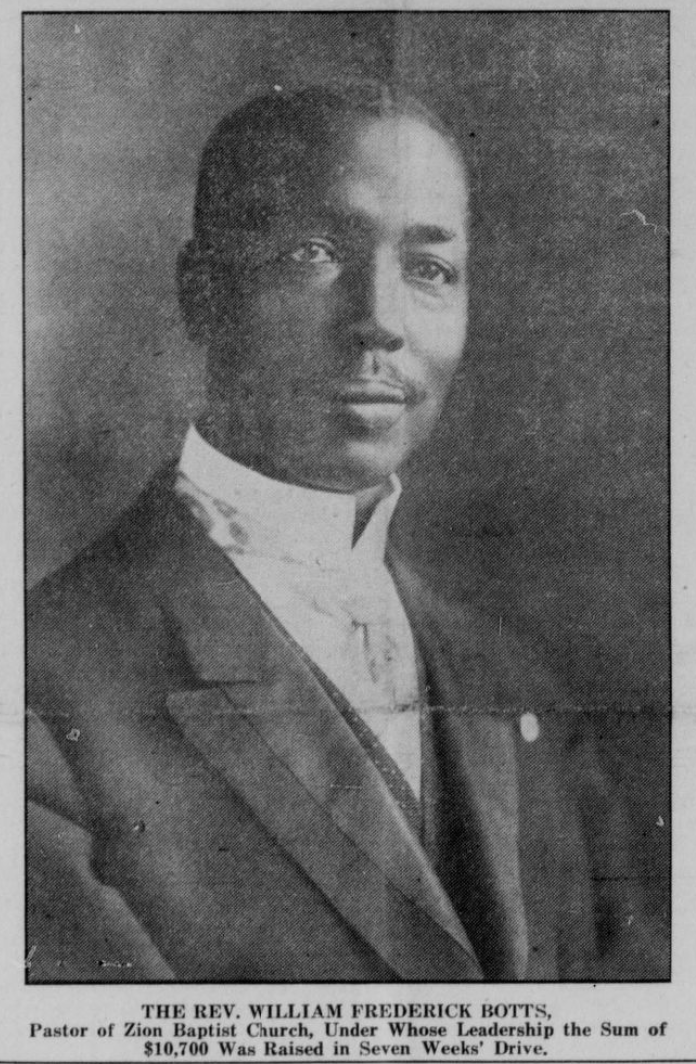
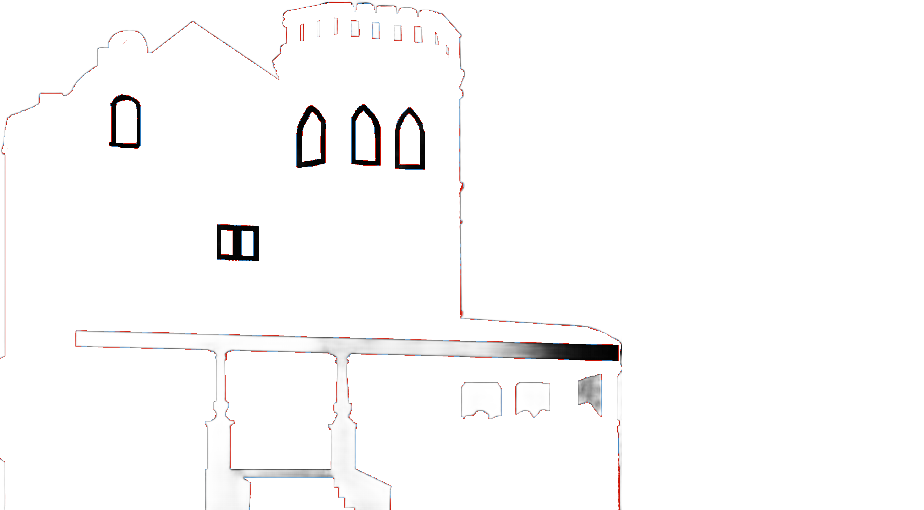

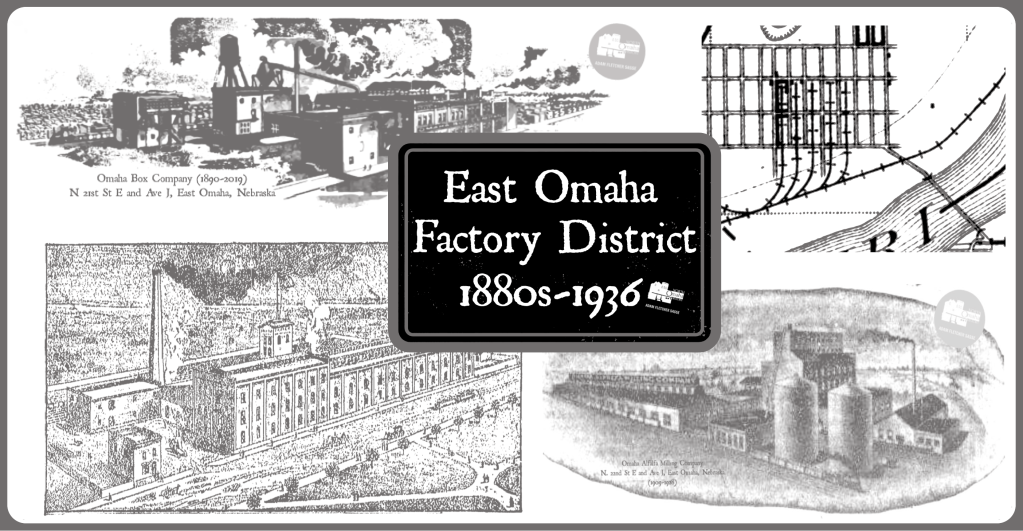
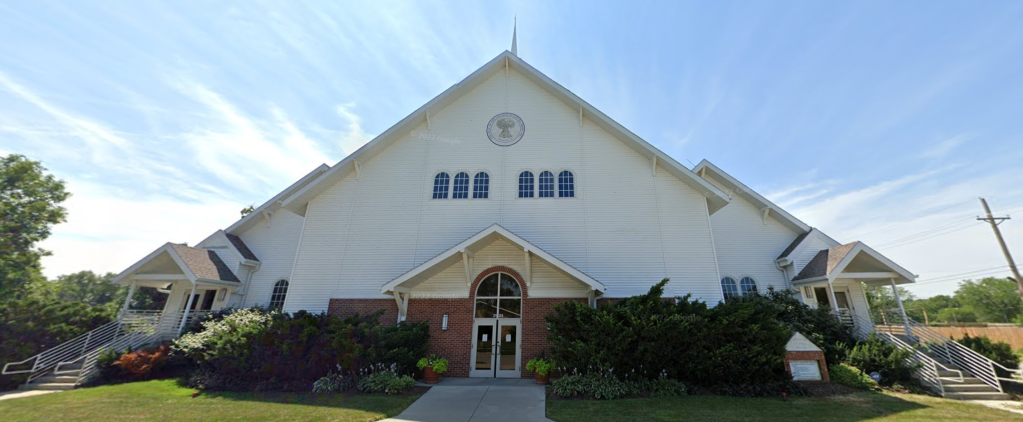
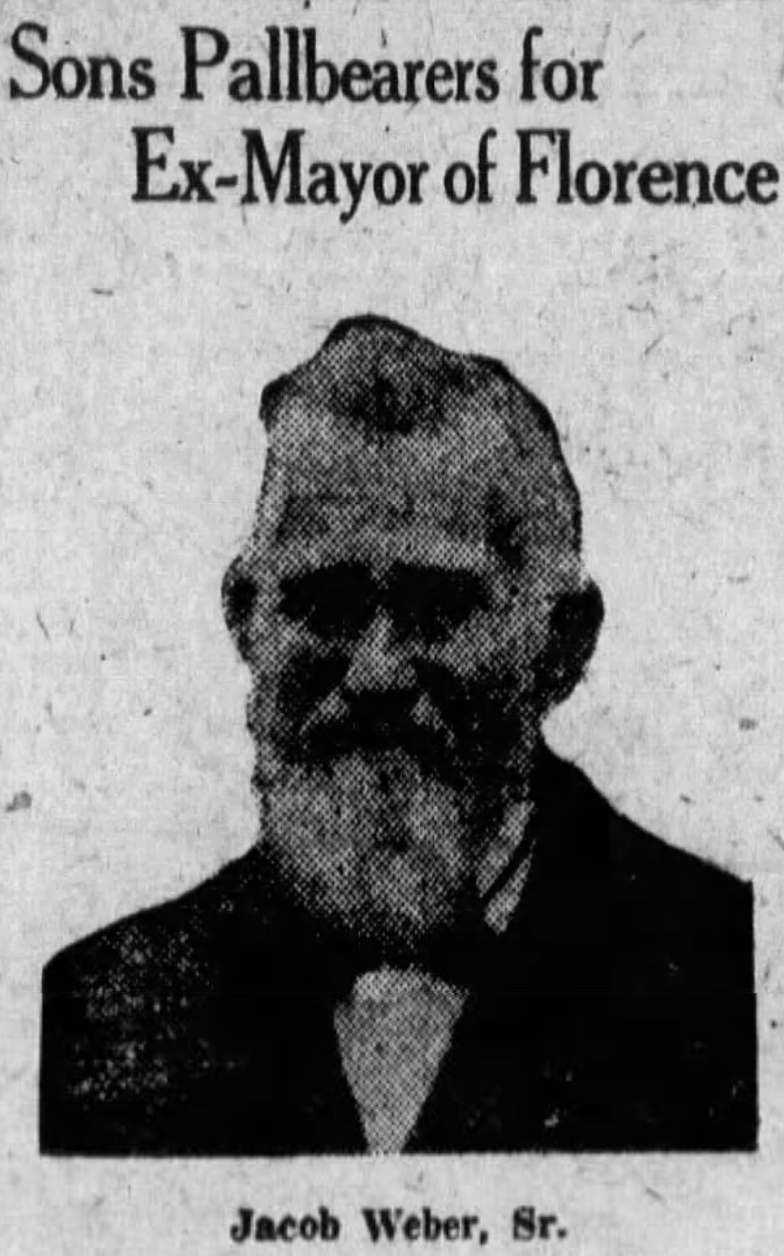
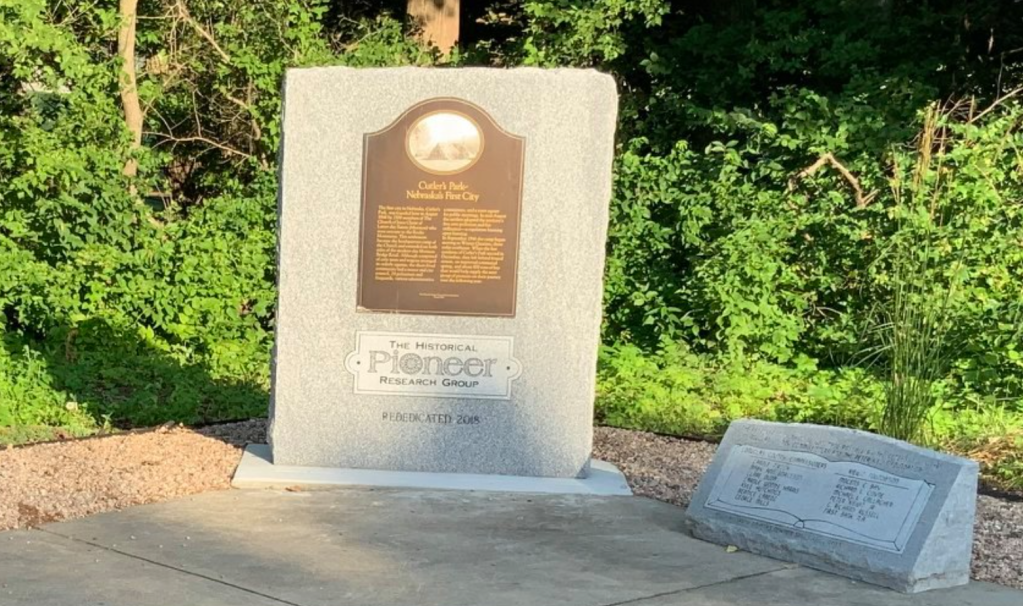
Leave a comment